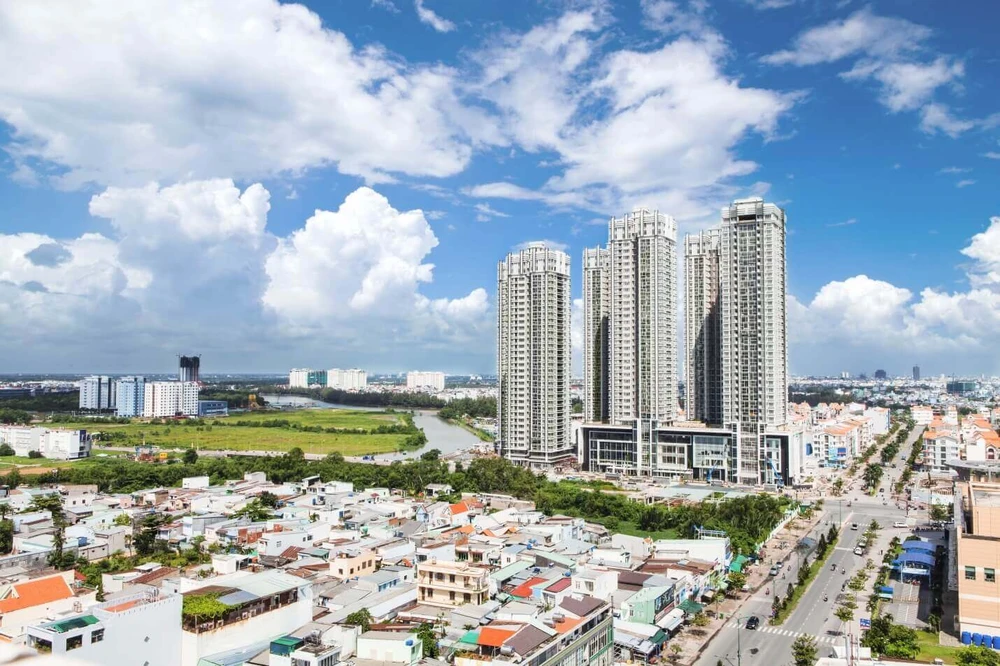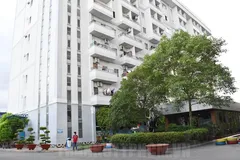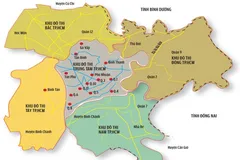
With the introduction of the new Land Law and Real Estate Business Law in 2024, combined with the activation of two special resolutions, Resolutions 170/2024 and 171/2024, the market now finds itself in a position where new opportunities are emerging, offeri
Special Mechanisms Tailored for the Real Estate Market
Recently, the National Assembly of Vietnam approved Resolution No. 170/2024, which introduces a special set of mechanisms and policies aimed at overcoming challenges related to land use rights and project development in several major cities, including Ho Chi Minh City, Da Nang, and Khanh Hoa. This resolution specifically addresses the issue of violations regarding land usage deadlines for 1,313 projects across these regions, with approximately 200 projects in Ho Chi Minh City alone requiring legal resolution. These are projects that have faced various legal and procedural obstacles, stalling their development for years.
On the other hand, Resolution No. 171/2024 was passed to pilot the implementation of commercial housing projects through a new approach. It allows developers to acquire land use rights or proceed with projects even if the land in question is not residentially zoned. This groundbreaking decision has been hailed as a critical step forward in resolving the deadlock on numerous stalled housing projects, particularly in Hanoi. It’s estimated that around 281 projects across the city, with a combined area of 2,200 hectares and more than 3.15 million square meters of housing space, will benefit from the resolution.
Before the introduction of Resolution 171, the provisions in the 2024 Land Law didn’t fully meet the needs of the real estate market, especially with regard to commercial housing projects on land that was not officially designated for residential use. With the new flexibility introduced by these resolutions, developers now have a broader toolkit to tackle the chronic shortage of housing supply, allowing for more creative use of available land resources.
Prof. Dr. Hoàng Văn Cường, a prominent member of the National Finance and Budget Committee, shared his thoughts on the long-standing legal challenges in Vietnam's real estate sector. He explained that for many years, legal frameworks were both flexible and inconsistent, which created a situation where businesses were forced to “run while sorting things out,” leading to numerous legal violations. As a result, many projects had to be halted, and government officials involved in these cases were held accountable. Despite this, businesses had already fulfilled their financial obligations to the state, and the key question now is how to get these stalled projects back on track.
In theory, when mistakes are made, they should be corrected, and projects should start over. However, the special mechanisms outlined in Resolution 171 allow projects to continue without having to go through new bidding processes, as long as they adjust their pricing or planning strategies. Furthermore, under Resolution 170, investors are now able to transfer land use rights to develop commercial housing, even on land that is not officially categorized as residential. This was previously a significant legal barrier.
According to Mr. Đào Trung Chính, Director of the Department of Land Management at the Ministry of Agriculture and Rural Development, Resolutions 170 and 171 represent a major breakthrough. He pointed out that, under current laws, projects that miss deadlines face heavy penalties, with a 5.4% penalty rate applied each year after the initial delay. The new mechanisms aim to resolve many of these challenges by providing more flexibility and easing the pressure on developers.
The Need to Expand These Special Mechanisms
Looking at the broader impact of these special mechanisms, Mr. Lê Hoàng Châu, Chairman of the Ho Chi Minh City Real Estate Association, noted that prior to the introduction of Resolution 171, the city had 86 projects “frozen” due to legal issues, affecting approximately 57,000 homes. These delays caused significant difficulties for real estate companies. Thanks to the implementation of Resolution 171, these projects are now being gradually unblocked. In fact, Ho Chi Minh City has already registered 343 pilot projects, covering 1,913 hectares. On average, each project has around 830 homes, and it is estimated that over 216,000 new homes will be added to the market over the next 3 to 10 years.
Unlocking these projects has the potential to attract up to 1.9 trillion VND in investment. This would create a ripple effect across the economy, benefiting over 35 different sectors. It would also generate much-needed employment opportunities, increase government tax revenues, and help resolve the longstanding issue of underutilized land.
However, Mr. Châu emphasized that the scope of Resolution 171 should not be confined to just three pilot regions. He urged the government to consider expanding the resolution to address over 1,500 other projects that are currently facing similar legal challenges across the country. Expanding the application of this mechanism could unlock even greater economic potential and improve the housing supply nationwide.
Mr. Nguyễn Văn Đính, Chairman of the Vietnam Real Estate Brokers Association (VARS), also expressed support for the resolutions, but pointed out that they only address a portion of the broader issues plaguing the real estate market. While the resolutions have resolved some key issues, such as land use rights, they have not fully addressed the more complex challenges. One of the critical issues is land clearance, which remains a major bottleneck for many projects.
For instance, in the Trung Văn area of Hanoi, beautiful high-rise buildings surround a small section of land still encased in fencing. This unsightly situation is due to delays in land clearance, as developers are still in negotiations with individual households. This bottleneck has persisted for more than a decade, highlighting the need for further reforms to streamline land clearance processes.
Additionally, Mr. Đính stressed the importance of shortening administrative procedures and investment procedures. By simplifying these processes, the government could create a more business-friendly environment, encouraging more investment and accelerating project development. Only by addressing these underlying issues can the government hope to meet its goal of constructing 1 million social housing units in the coming years.




















